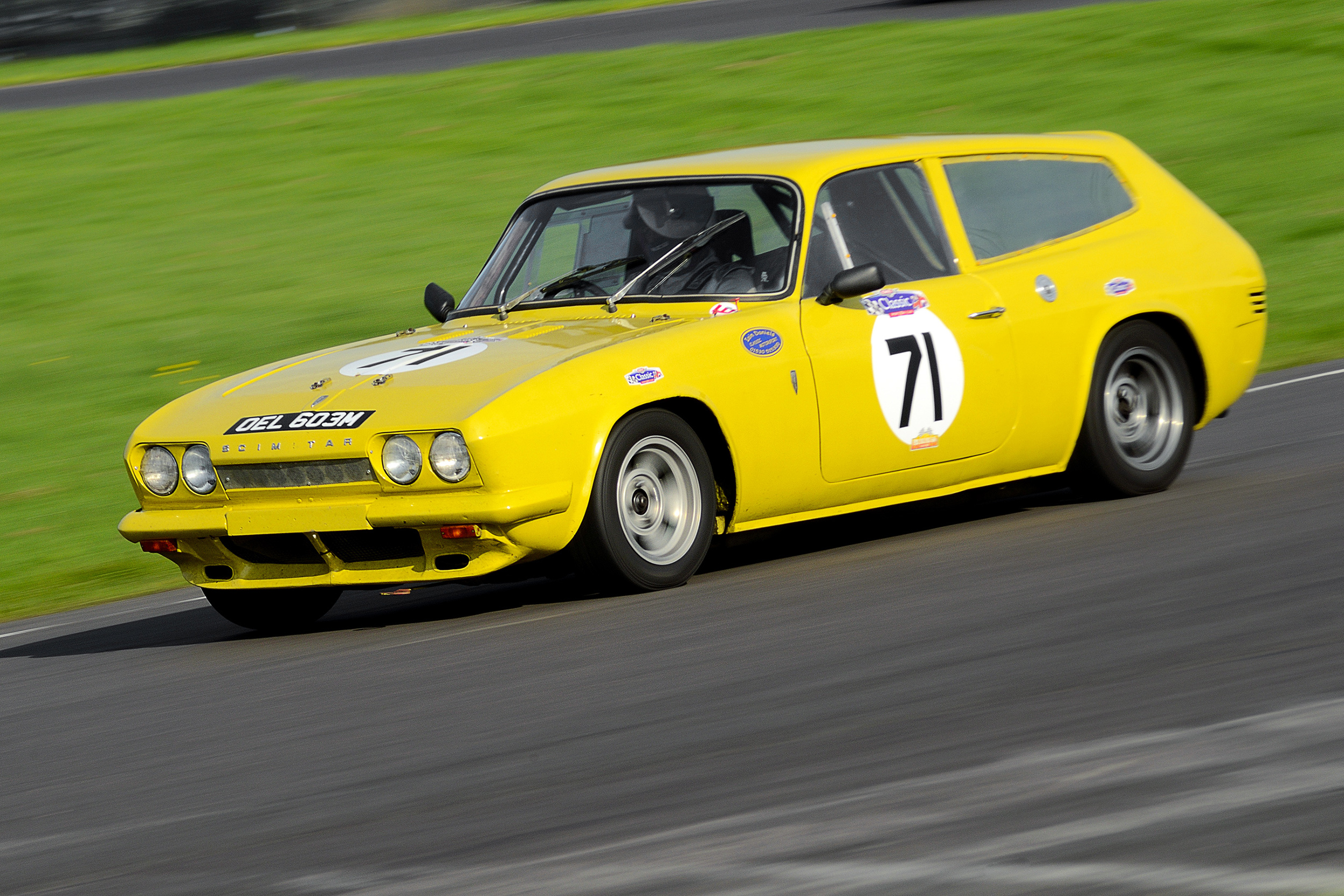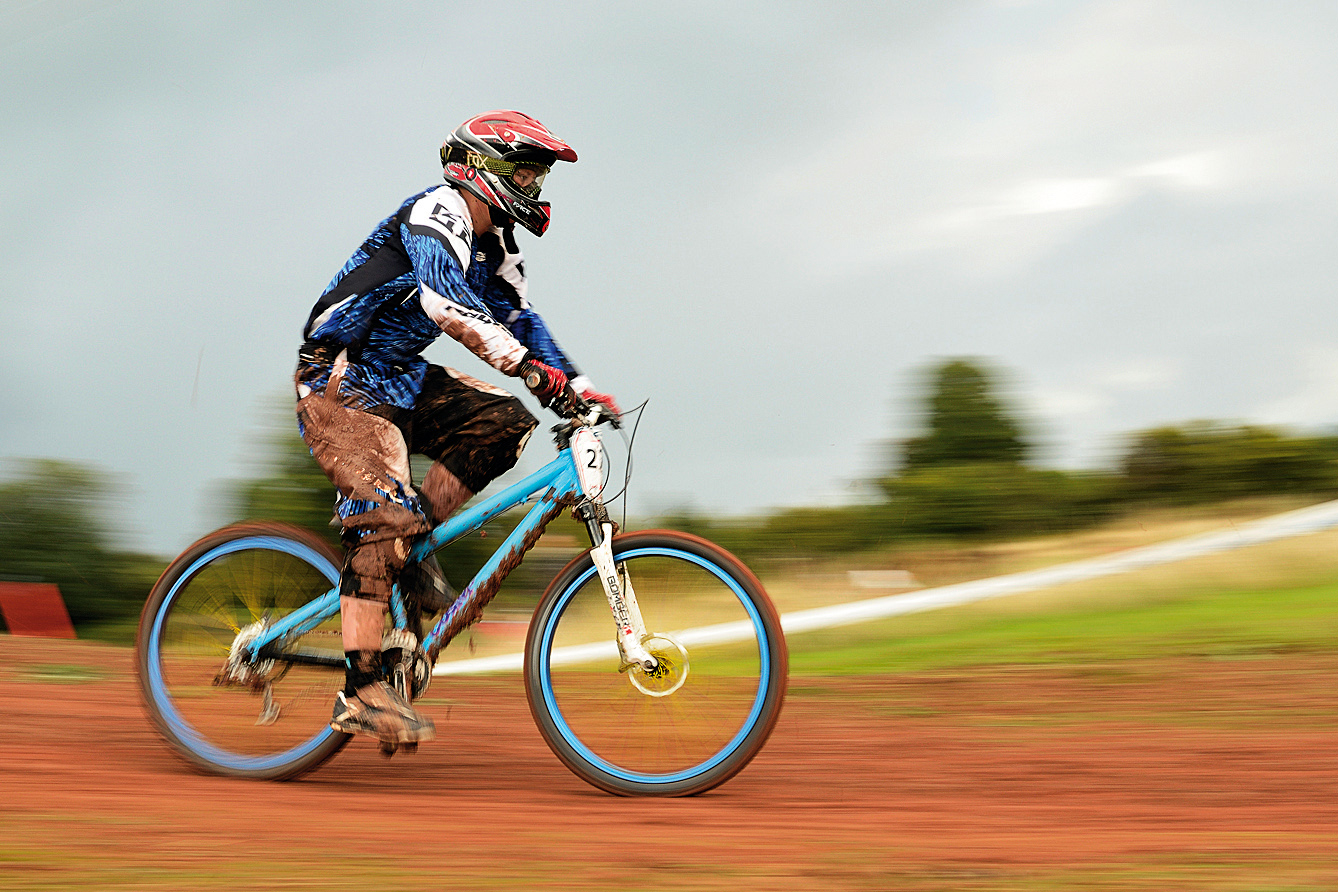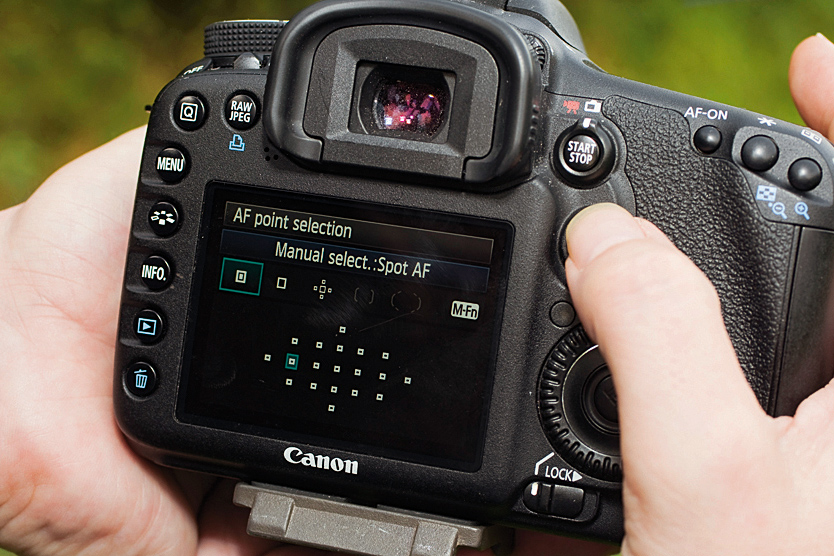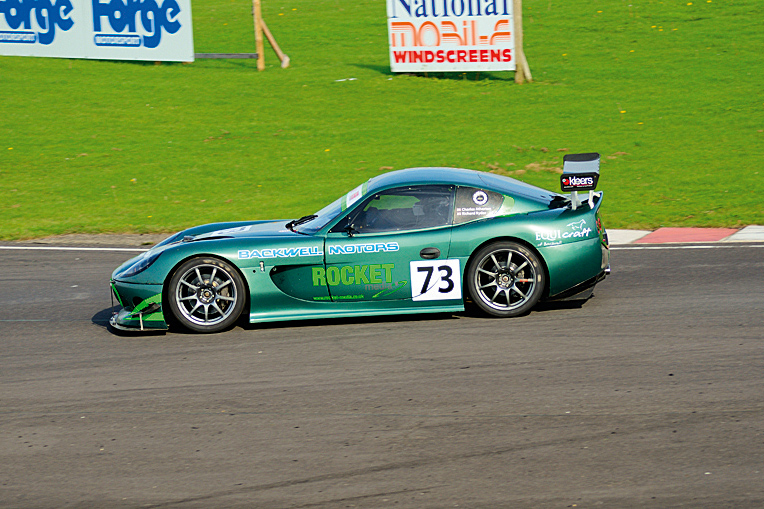Stunning shutter speed effects
Master shutter speeds to boost your creativity
Blur action shots

You don't necessarily need a fast shutter speed to capture fast action. You can also try selecting a slower shutter speed to introduce some blur. There are two options to choose from: keep the camera still so the background is sharp and the moving subject is blurred; or move the camera as the subject moves through the frame so the background is blurred and the subject is sharp, a technique known as panning.
We’ll reveal plenty of ways to do the former when we discuss slower shutter speeds later, so here we’ll concentrate on how to perfect your panning technique.
Keep your movement smooth, and follow the subject well after you've finished shooting
Panning with a subject travelling perpendicular to your position is relatively easy. You need to pick up the subject as early as possible, keep it stationary in the viewfinder, and take your shots in the middle of the panning action. The key is to keep all of your movement smooth, and to remember to follow the subject well after you’ve finished shooting.
A more difficult technique is to pan when the subject is moving at an angle towards or away from you, or when the movement isn’t linear – a car coming around a bend, for example. Capturing this type of movement with a slow enough shutter speed to blur the background but keep the main subject sharp requires a bit more practice.

The trick is to keep the part of the subject that you want to be sharp in the same place in the viewfinder (in the case of a car this is usually the front number plate or grille). This may sound easy, but it’s tempting to follow the whole subject, rather than a specific point.
Step-by-step: Basic panning technique

1. Set the autofocus mode
To track subjects that are moving towards you while you’re panning, you need to set the autofocus mode to AI Servo or Continuous AF. Then select the AF point that corresponds to the area of the subject that you want to keep sharp.

2. Select the shutter speed
Switch to shutter priority mode and select a shutter speed appropriate to the subject and its speed, above, for some starting points). In practice, you’ll probably need to adjust the shutter speed a little to suit the exact speed of your subject.

3. Pan smoothly
Try to get your subject in the correct position in the frame as early as possible. Then, keeping the focus point positioned over the subject, follow it for as long as possible. You should take a short burst of images in the middle of the panning action.
Common mistakes

Too much movement
If everything is blurred in your shot, try using a faster shutter speed that will capture the subject sharply. If this freezes all the action then the subject isn’t staying in the same position in the frame. This is where your new panning techniques come into play.

Not enough movement
If there isn’t enough blur in the background you need to use a slower shutter speed, otherwise your moving subject will look static. If your shooting situation allows, you should try to alter the speed in small steps so that you can still get the main subject sharp.
Sign up for breaking news, reviews, opinion, top tech deals, and more.